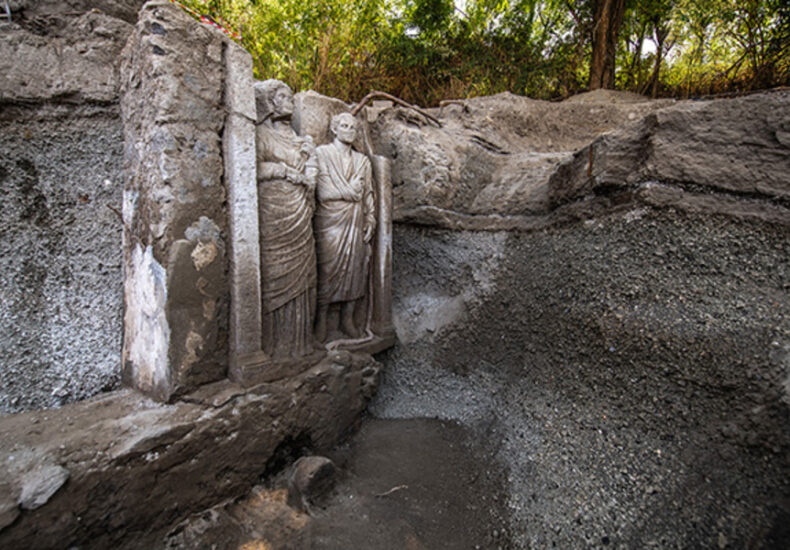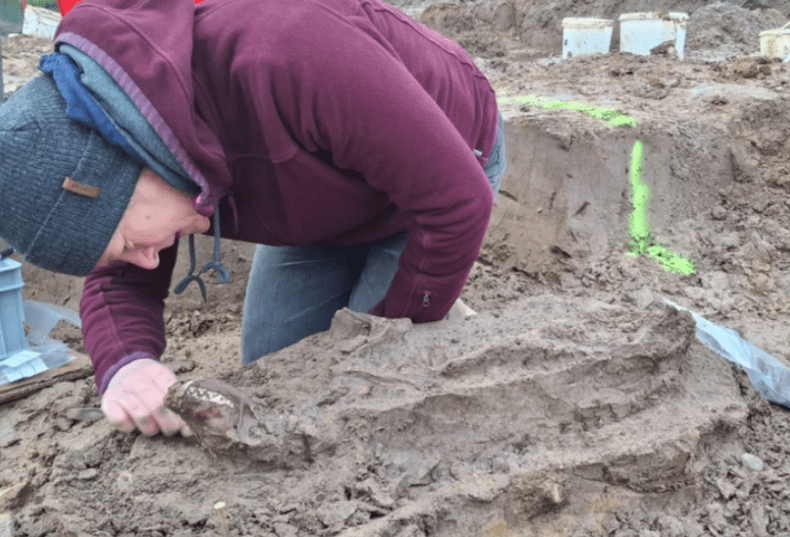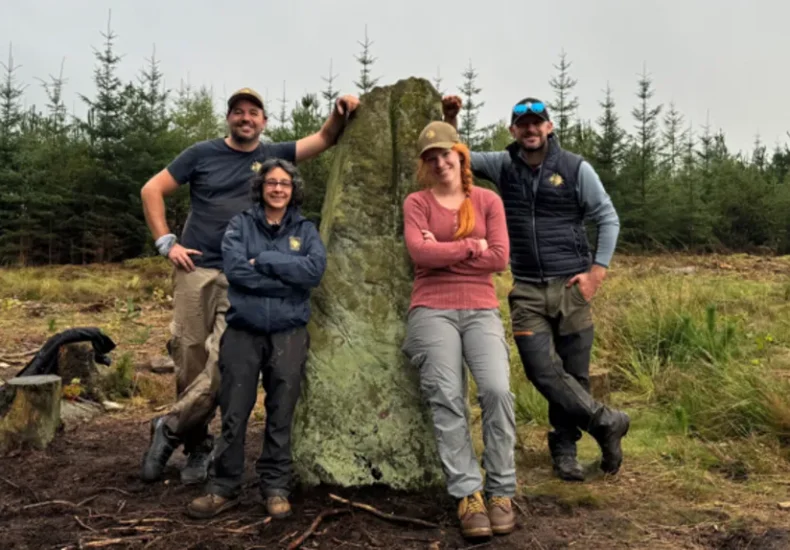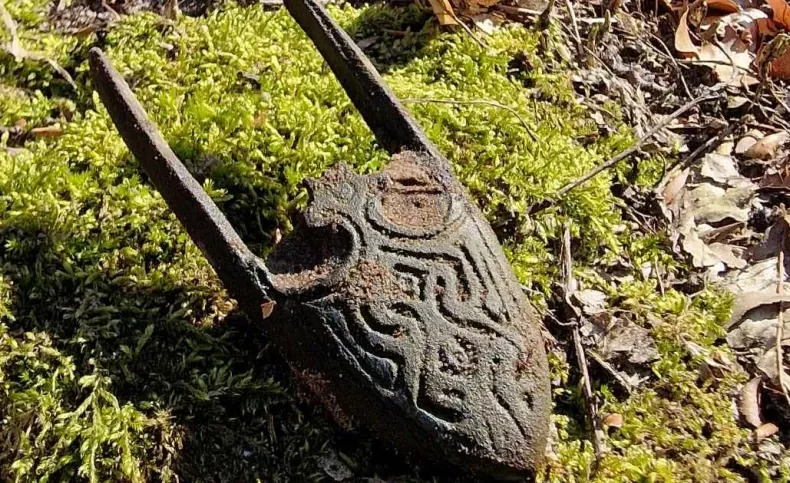
First Mesolithic Human Figurine Found in Damjili Cave, Azerbaijan
The first human figurine dating back to the Mesolithic period has been discovered in the Damjili Cave in Gazakh, as announced by Doctor of History Yagub Mammadov, the head of the Azerbaijani-Japanese Damjili International Archaeological Expedition affiliated with the Institute of Archeology and Anthropology of the Azerbaijan National Academy of Sciences (ANAS), in a statement

Roman Traces in the Heart of Germany: Surprising Discoveries in Delbrück-Bentfeld
In the quiet countryside of northwestern Germany, archaeological excavations in Delbrück-Bentfeld have uncovered an unexpected Roman presence beyond the borders of the Roman Empire. This discovery reshapes our understanding of Roman influence in the region and illuminates the complex interaction between Roman settlers and local populations. Located on the banks of the Lippe River, approximately

Restoration Efforts Revitalize Ancient Majesty at Persepolis
Restoration work has resumed at key heritage sites within Persepolis, a UNESCO World Heritage site in southern Iran, following a pause during the Nowruz holidays. Projects are underway at the Apadana Palace, the rock-carved tomb of Artaxerxes III, and the southern inscription of the Terrace (Takhtgah), all remnants of the ancient Achaemenid Empire (c. 550–330

Cattle were domesticated not only in the Middle East but also in Africa, according to Polish archaeologists
A new study conducted by Polish archaeologists reveals that the domestication of cattle was not limited to the Middle East, but also occurred independently in Africa. The examined animal bones indicate that cattle breeding began around 10,000 BC in the Central Nile Valley. These findings suggest that domestication processes took place in both regions during

Ancient Tomb Relief Depicting Lifelong Love Found in Porta Sarno Necropolis in Pompeii
A striking discovery illuminating the historical fabric of Pompeii has been made in the Porta Sarno necropolis. The “Investigating the Archaeology of Death in Pompeii” project, a collaboration between the Universitat de València and the Pompeii Archaeological Park, has unearthed an extraordinary tomb relief depicting a couple almost life-size. This find offers new insights into

A 3.5-Year-Old Girl Discovers 3,800-Year-Old Scarab Amulet in Israel
Little Ziv Nitzan, from Moshav Ramot Meir, might have just started her archaeology career after finding a 3,800-year-old amulet with an ancient Canaanite seal during a family trip to Tel Azeka, near Beit Shemesh. “We were walking along the path, and then Ziv bent down – and out of all the stones around her, she

Remarkably Preserved Roman Dog Skeleton Found in Belgium
Archaeologists have discovered a well-preserved Roman dog skeleton beneath a stone foundation in Velzeke, near Zottegem (East Flanders). Over 700 traces dating from the 1st to 3rd centuries AD were found in the 1,000 square meter area. The dog unearthed during the excavation is reported to be unique and is being examined by the Museum

Archaeologists Uncover 3,700-Year-Old Ceremonial Stone Circle in England
In Farley Wood forest near Matlock in Derbyshire, England, archaeologists have unearthed a mysterious ceremonial stone circle dating back 3,700 years to the Bronze Age. What was initially thought to be a solitary standing stone, the Farley Moor standing stone, has been discovered to be part of a much larger ceremonial site. Excavations conducted

5,000-Year-Old Fortress Discovered in Romanian Forests with LiDAR Technology
Deep within the dense forests of Romania’s Neamț region, archaeologists have uncovered the remnants of a 5,000-year-old fortress with the aid of LiDAR technology. This significant discovery has brought to light the intricate details of the ancient structure, which dates back to the transition period from the Neolithic to the Bronze Age. LiDAR Technology Enabled

